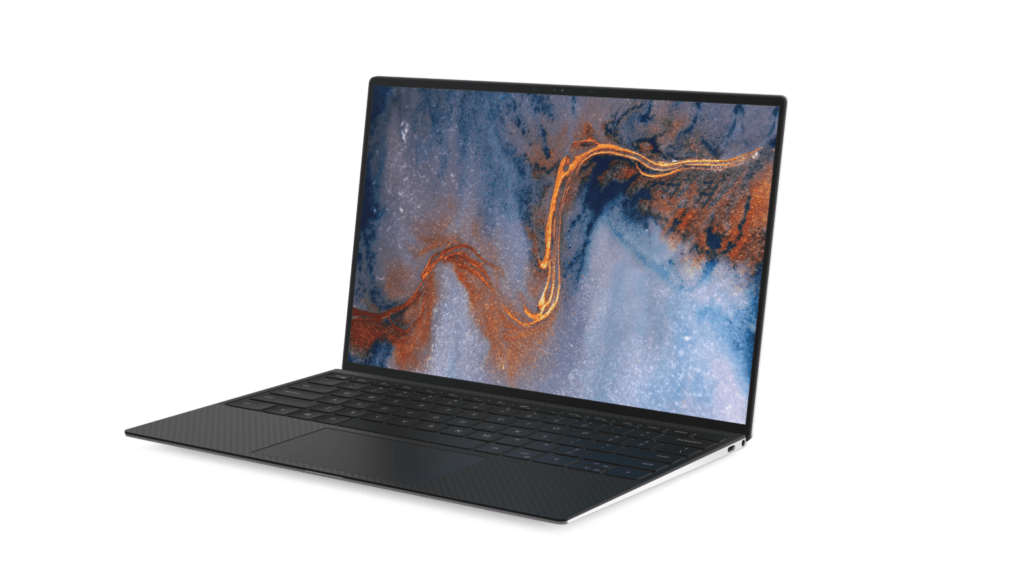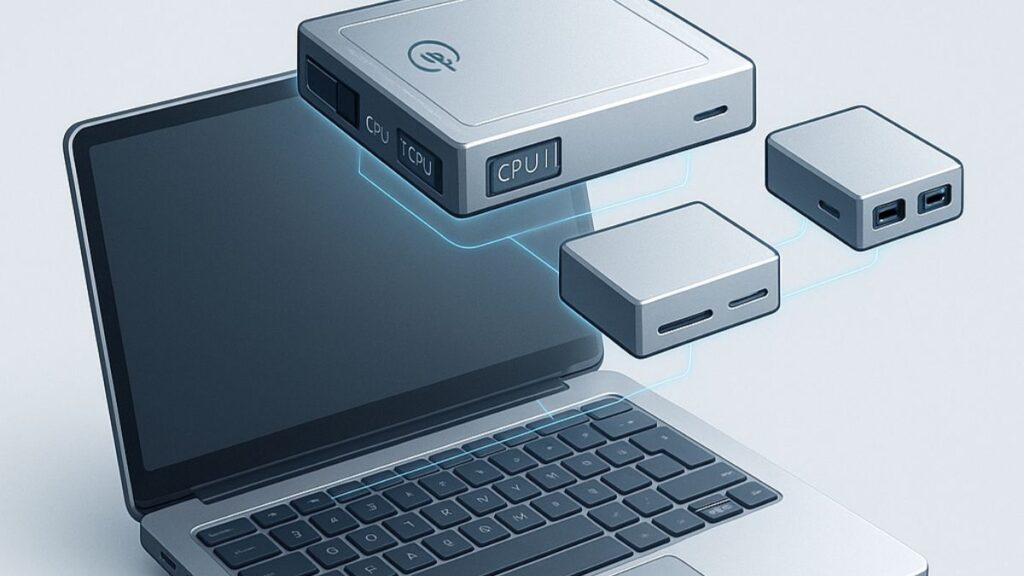Successful commercial products don’t exist in a vacuum. The best ones incorporate the latest technologies and materials offerings, and either mirror or push the boundaries of contemporary design aesthetics. However, successfully evolving those products is more hit and miss.
Product development teams break apart and re-form. What makes eminent sense to one generation of consumers is wasted on the next. Making long term bets on any technology is inherently risky. In other words, maintaining a clear vision and purpose developing a product that spans multiple generations is harder than it looks but it’s not impossible.
In fact, Dell’s newest generation XPS 13 9300 notebook is an excellent example of how a vendor can take an exceptional product and make it even better. Let’s consider the details behind that statement.
Dell XPS 13 then
Why do I call the XPS 13 exceptional? Because since its initial appearance in 2012, the XPS 13 stood out from many other notebook PCs. The <href=”#XPS_13_(L321X,_Early_2012)”>XPS 13 introduced at CES 2012 was Dell’s first Ultrabook but along with pursuing a thinner, lighter form factor it was clear that the company was after larger game—the second gen MacBook Air Apple launched in 2010 that many thought exemplified what notebook PCs could and should be.
Like the Air, the XPS 13 sported a brushed aluminum top cover that prominently displayed the company’s logo. But Dell also incorporated notable technology components, like generous flash memory to help with fast booting and design points, including rounded corners and a bottom case constructed from carbon fibre that featured a velvety silicon surface treatment.
Dell also used the system to support Project Sputnik, an effort that saw the company significantly extend its engagement with developers by delivering XPS 13 models configured at the factory with Ubuntu Linux. In other words, Dell used the XPS 13 to demonstrate its design innovations, show its willingness to leverage premium components and expand its outreach to strategically important IT professionals and communities.
Dell continued its proactively innovative approach through later XPS 13 generations which featured the latest Intel Core silicon, improved memory, SSD storage and other premium components and refined design points. Those included smaller footprints, lighter weight and thin to the point of nearly disappearing display bezels.
That last point—what Dell branded InfinityEdge displays—enabled the company to be the first notebook maker that fit a conventional 13.4-inch display into 11 inch notebook frame. Over time, squeezing more and better features into the XPS 13 than customers expected or even considered possible became a common practice. Additionally, features initially utilized in the XPS 13 regularly appear in Dell’s other products, including the Latitude, Precision and Inspiron notebooks.
Dell XPS 13 now
Note: To facilitate this review, Dell provided an XPS 13 evaluation unit that included: a 10th gen Intel six core i7 processor, 16GB DDR4 RAM, 1 TB PCI3 3 SSD, 13.4 inch FHD+ (1920 x 1200) InfinityEdge touch display, aluminum case in Frost with Arctic White woven glass fiber palm rest. MSRP as configured: $2,450.99.
If the original XPS 13 showed that Dell was a force to be reckoned with in premium notebooks, the new XPS 13 (9300) proves that is still the case. Let’s consider these primary points:
· Form—In terms of looks, the new XPS 13 bears some similarities to the XPS 13 (9380) introduced at CES 2019 and the updated version (7390) released late last year. That earlier system included an innovative tiny new webcam situated at the center top of the display (rather than earlier models where webcams were placed near the lower left corner of the display. The 9380 was also the first XPS 13 model available with a Frost white case and Artic White palm rest and keyboard. The new XPS 13 incorporates upgraded technologies and features, including Intel’s latest 10th gen 10 nm Ice Lake processors and a new 13.4 inch FHD+ touch display with an aspect ratio of 16:10 (a UHD touch display is available as an upgrade, and non-touch FHD+ displays are also available). Ports include two Thunderbolt 3 with Display Port, a micro SD card reader and a universal audio jack. The 9300 has a larger trackpad and larger keys than the 9380/7390 models.
· Feel—Starting at 2.64 pounds, the XPS 13 (9300) is impressively thin and light. Despite that, the system doesn’t suffer the hotspots or related issues that plague many other slimline notebooks. That’s mainly due to exclusive Dell thermal features and materials that have enabled the company to push the boundaries of notebook design far further than most other vendors.
· Function—In terms of performance, the XPS 13 (9300) delivers the goods you’d expect from a laptop sporting Intel’s latest/greatest six core i7 processor and 16GB of RAM, providing robust support for both conventional applications and online services. Dell’s elegant InfinityEdge display makes viewing movies and other videos a treat, and also provides plenty of real estate for work and productivity needs. Battery life is exceptional—Dell estimates up to 19 hours for FHD+ model and up to 12 hours in the UHD+ (3840 x2400) display system.
Final analysis
Does Dell’s latest XPS 13 suffer any shortcomings? Dropping the primary input ports from three to two Thunderbolt 3 (by eliminating the USB-C port in the prior generation system) might be problematic for owners who run numerous peripheral devices. However, that can be easily addressed with a multi-port dongle (like Dell’s Travel Adapter) or a desktop adapter.
The new keyboard’s shorter key stroke takes a little getting used to, but I personally like the new layout and larger trackpad. The UHD+ (3840 x 2400) display is gorgeous, but its impact on battery life is a point worth considering since the XPS 13 is clearly designed as a solution for mobile users, situations, and applications.
Overall, Dell’s new XPS 13 is a worthy addition to a continuously innovative premium product line. Not only does the new system incorporate the latest in silicon and other technologies, it also offers significant new and updated features developed in-house. In other words, the new XPS 13 stands alone as an exceptional solution but it also demonstrates how Dell continues to positively evolve what has become its most successful PC product line.
If you’re in the market for a premium notebook with exceptional looks and capabilities, Dell’s new XPS 13 (9300) is well-worth your time and consideration.
- Dell Concept Luna – Inspiring Sustainable Innovations with Circular Design - December 21, 2023
- AI Alliance: IBM, Meta, Dell and 50+ Founding Partners Pursue Open, Transparent and Safe AI Innovation - December 13, 2023
- Dell Technologies: Creative Partnering = GenAI Innovation - November 30, 2023




Comments are closed.